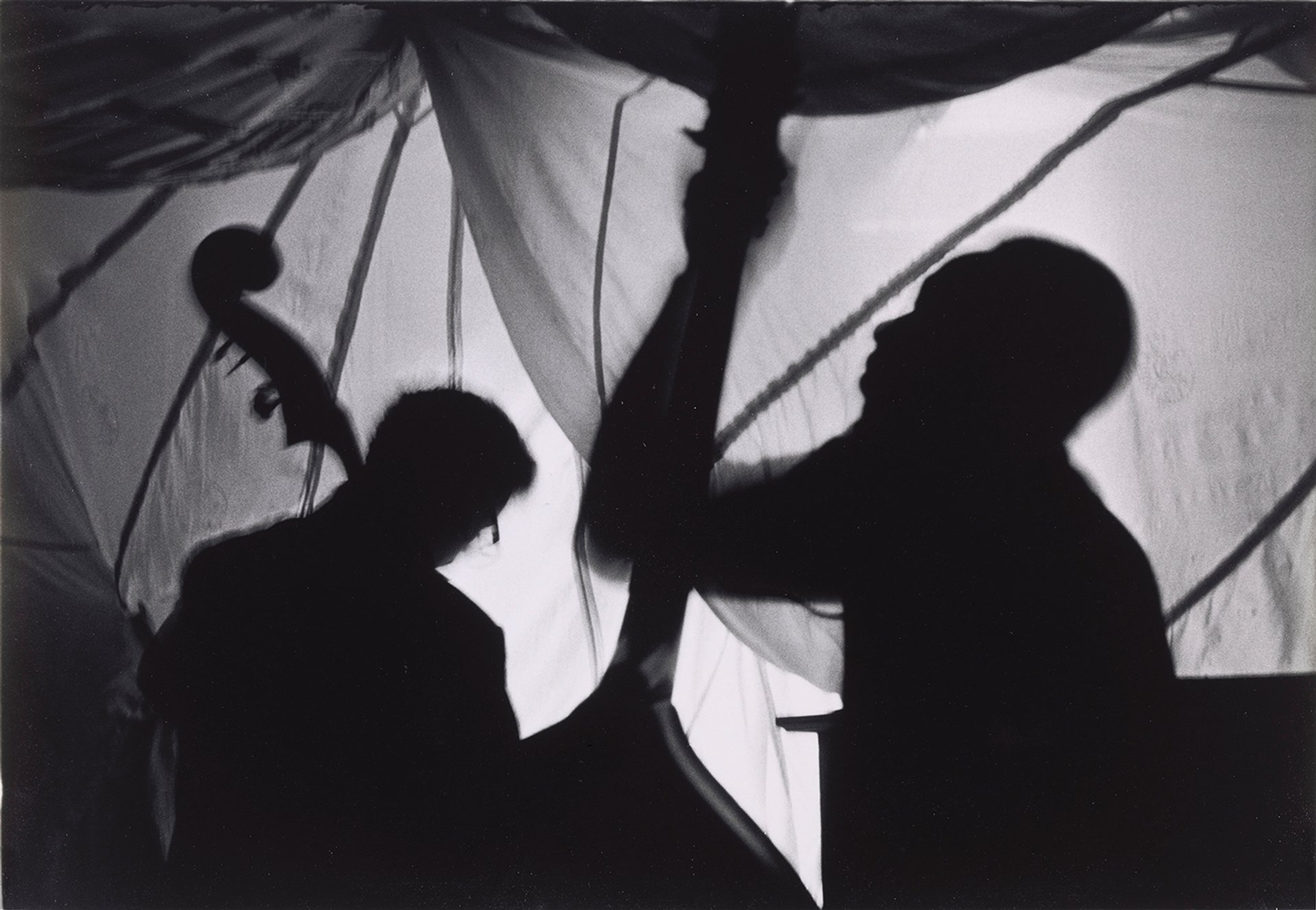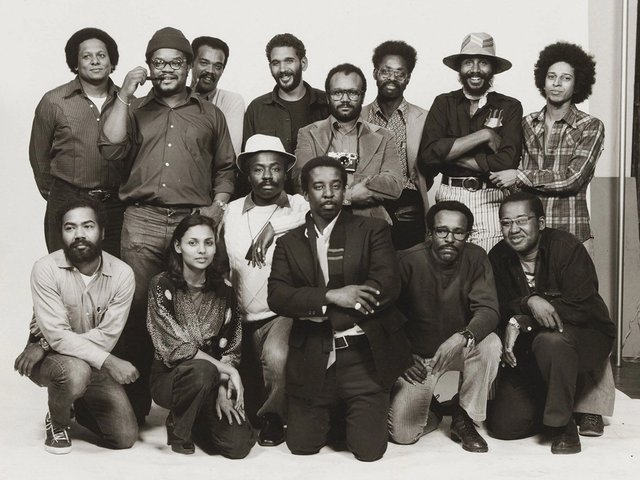In Gikuyu, the language of the Kikuyu people of Kenya, the word kamoinge means “a group of people acting and working together”. And it aptly described a quixotic collective of 15 black photographers who began meeting weekly in 1963 in New York to critique one another’s work while “challenging each other to higher attainments”, as a key member of the group, Louis Draper, put it.
At a time when mainstream magazines and art galleries offered few opportunities for non-white photographers, the members of the Kamoinge Workshop were determined to seek justice for their art while documenting truths about their African American neighbourhoods and also teaching and mentoring young people.
“Absolutely they faced discrimination when they were looking for jobs,” says Sarah Eckhardt, the associate curator of Modern and contemporary art at the Virginia Museum of Fine Arts (VMFA) in Richmond, who organised the exhibition Working Together: Louis Draper and the Kamoinge Workshop, opening at the museum on Saturday. “But Draper wrote that the Kamoinge Workshop, ‘while operating within an area of negation, was primarily forged in an atmosphere of hope and not despair’.”
The show builds on an ongoing effort by the museum to acquire and celebrate works by African-American artists, such as Rumors of War, an equestrian statue by Kehinde Wiley that poses a direct challenge to the Confederate statues lining Monument Avenue in Richmond.
The idea for the Kamoinge exhibition took root in 2015 when the museum acquired Draper’s complete archive of 50,000 photographs, negatives, contact sheets and other items from the artist’s sister, Nell Draper-Winston. Draper was born and educated in Virginia before heading to New York to pursue photography, a background that gives the exhibition added resonance: his political coming of age in a segregated South played a big role in his evolution as a photographer in New York. With the aid of a National Endowment for the Humanities grant, the museum has digitised the entire Draper archive and made it available at its website.

An undated and untitled photograph by Louis Draper © Louis H. Draper Preservation Trust, Nell D. Winston, trusteee
Organised by themes like community, civil rights, jazz and global perspectives, the exhibition recounts the story of the Kamoinge Workshop in its first two decades from 1962 to 1982, featuring 180 photographs by 15 early members. (The overwhelming majority of the works have been acquired by the museum.) It also includes items like one of the accordion books made as gifts to the artists by a workshop member, Anthony Barboza, who paired a portrait of each artist with one image chosen from his or her portfolio.
Drawing on detailed oral histories the artists videotaped in 1972 by the artist Carrie Mae Weems as well as its own interviews, the museum has edited the material into three-to-five-minute clips. Visitors can press a button to hear any of the photographers talk.
Draper emerges as both a poet–his verse accompanies two early portfolios of Kamoinge’s work in the show–and a mentor who shared his expertise in printing methods with other members of the group. He also avidly chronicled their Sunday evening meetings, including an early session in 1963: “We had all come together in a rather relaxed atmosphere,” he wrote, “our Sunday evenings usually consisting of well-blended John Coltrane, Brillante wine, stewed chicken, bless the ladies, and a dash of photographs… Much was expected of us as photographers, our only criteria being the best effort within our capabilities.”
“Seriousness was that ingredient reserved for the work itself, but a full range of feelings made it into a night’s conversation,” he added.
The exhibition also takes note of various shows organised by the collective, including several in the artists’ own gallery space as well as the Countee Cullen Library, the Studio Museum in Harlem, and the International Center of Photography. Its members were also a major force behind The Black Photographers Annual, a publication founded by the Kamoinge member Beuford Smith that showcased the work of African-American artists in an era when they were often shunned by leading publications. The first issue, in 1973, had a foreword by Toni Morrison.

Beuford Smith's Two Bass Hit, Lower East Side (1972) © Beuford Smith/Césaire
While many of the Kamoinge members worked in a documentary style in the early to mid-1960s, several had incorporated abstraction to at least some degree by the mid-1970s, Eckhardt notes. Debates frequently broke out at their meetings about their responsibility to depict a black “reality.” "That kind of debate back and forth was very much a part of the group and something they found helpful that pushed their work forward," Eckhardt says.
In the catalogue accompanying the show, the curator writes: “Their aesthetic and philosophical conversations about each other’s photographs were completely entwined with their social and political context." One member described “’long, long arguments about whether or not, because a photographer is black, he has to deal with subjects that are germane to the black experience. And we never resolved it except as individuals. … There was no way we could come to some kind of group conclusion about that. No way.”
• Working Together: Louis Draper and the Kamoinge Workshop, Virginia Museum of Fine Arts, Richmond, 1 February–14 June; Whitney Museum of American Art, New York, 17 July–25 October; J. Paul Getty Museum, Los Angeles, 29 June 2021–26 September 2021; Cincinnati Art Museum, spring 2022.



